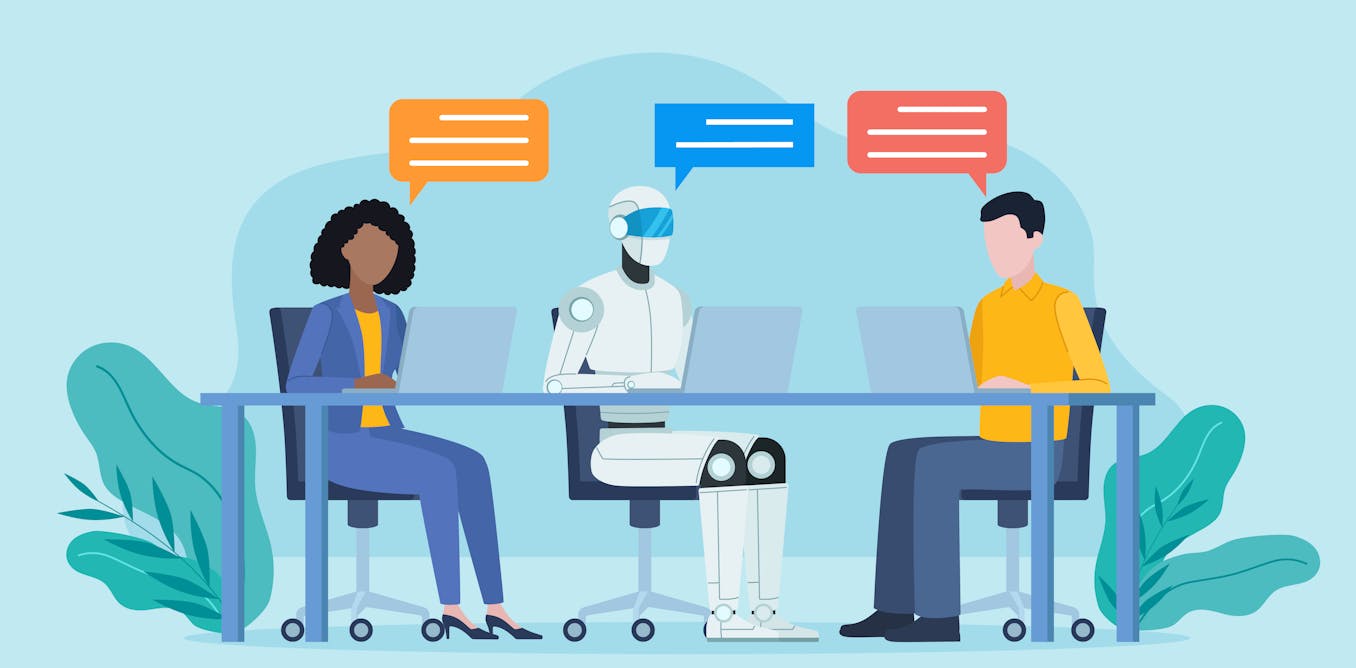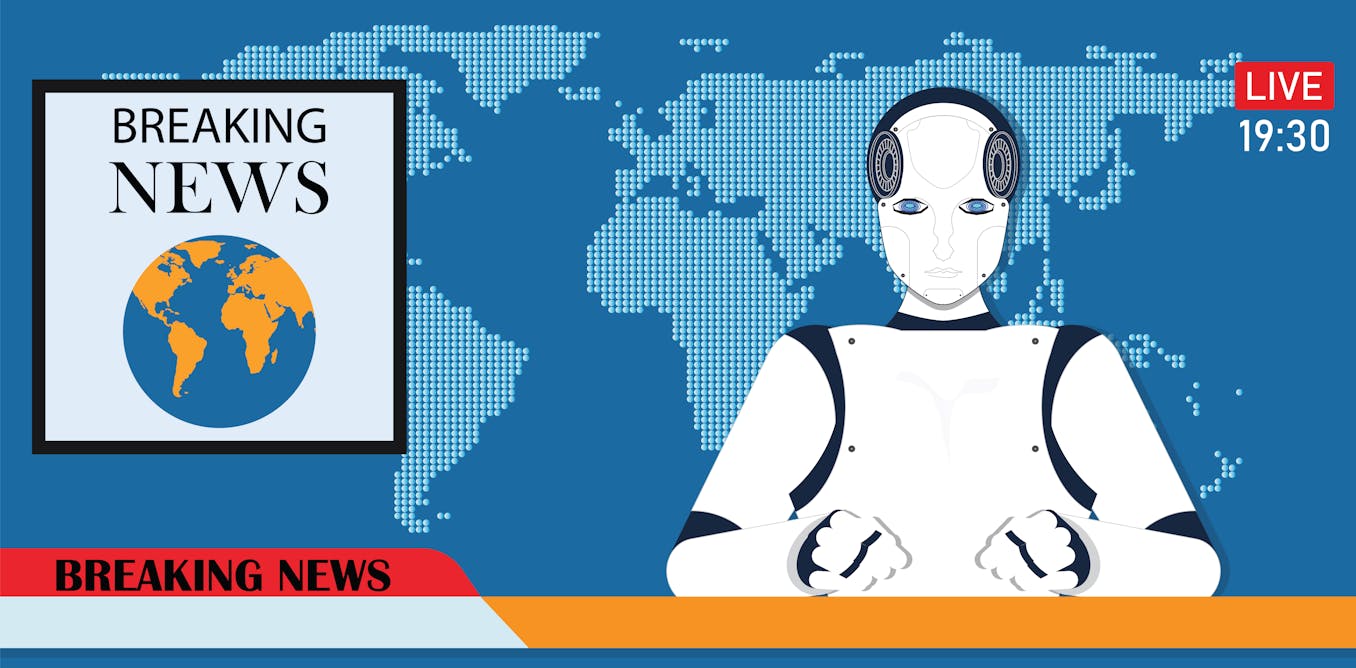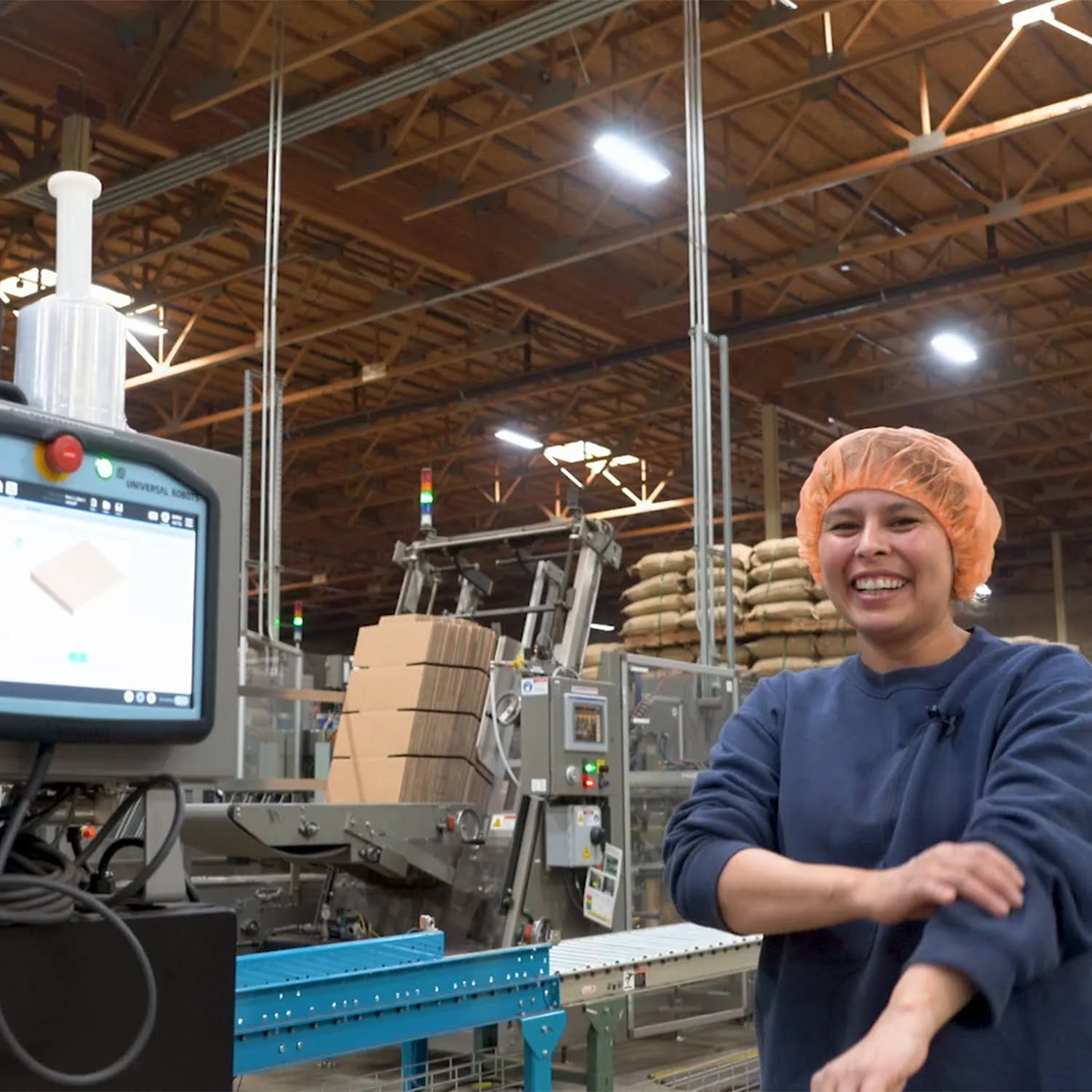The main assumption about humanoid robotics that the industry is making right now is that the most realistic near-term pathway to actually making money is in either warehouses or factories. It’s easy to see where this assumption comes from: Repetitive tasks requiring strength or flexibility in well-structured environments is one place where it really seems like robots could thrive, and if you need to make billions of dollars (because somehow that’s how much your company is valued at), it doesn’t appear as though there are a lot of other good options.
Cartwheel Robotics is trying to do something different with humanoids. Cartwheel is more interested in building robots that people can connect with, with the eventual goal of general purpose home companionship. Founder Scott LaValley describes Cartwheel’s robot as “a small, friendly humanoid robot designed to bring joy, warmth, and a bit of everyday magic into the spaces we live in. It’s expressive, emotionally intelligent, and full of personality—not just a piece of technology, but a presence you can feel.”

This rendering shows the design and scale of Cartwheel’s humanoid prototype.Cartwheel
Historically, making a commercially viable social robot is a huge challenge. A little less than a decade ago, a series of social home robots (backed by a substantial amount of investment) tried very, very hard to justify themselves to consumers and did not succeed. Whether the fundamental problems with the concept of social home robots (namely, cost and interactive novelty) have been solved at this point isn’t totally clear, but Cartwheel is making things even more difficult for themselves by going the humanoid route, legs and all. That means dealing with all kinds of problems from motion planning to balancing to safety, all in a way that’s reliable enough for the robot to operate around children.
LaValley is arguably one of the few people who could plausibly make a commercial social humanoid actually happen. His extensive background in humanoid robotics includes nearly a decade at Boston Dynamics working on the Atlas robots, followed by five years at Disney, where he led the team that developed Disney’s Baby Groot robot.
Building Robots to Be People’s Friends
In humanoid robot terms, there’s quite a contrast between the versions of Atlas that LaValley worked on (DRC Atlas in particular) and Baby Groot. They’re obviously designed and built to do very different things, but LaValley says that what really struck him was how his kids reacted when he introduced them to the robots that he was working on. “At Boston Dynamics, we were known for terrifying robots,” LaValley remembers. “I was excited to work on the Atlas robots because they were cool technology, but my kids would look at them and go, ‘that’s scary.’ At Disney, I brought my kids in and they would light up with a big smile on their face and ask, ‘Is that really Baby Groot? Can I give it a hug?’ And I thought, this is the type of experience I want to see robots delivering.” While Baby Groot was never a commercial project, for LaValley, it marked a pivotal milestone in emotional robotics that shaped his vision for Cartwheel: “Seeing how my kids connected with Baby Groot reframed what robots could and should evoke.”
The current generation of commercial humanoids is pretty much the opposite of what LaValley is looking for. You could argue that this is because they’re designed to do work, rather than be anyone’s friend, but many of the design choices seem to be based on the sort of thing that would be the most eye-catching to the public (and investors) in a rather boringly “futuristic” way. And look, there are plenty of good reasons why you might want to very deliberately design a humanoid with commercial (or at least industrial) aspirations to look or not look a certain way, but for better or worse, nobody is going to like those robots. Respect them? Sure. Think they’re cool? Probably. Want to be friends with them? Not likely. And for Cartwheel, this is the opportunity, LaValley says. “These humanoid robots are built to be tools. They lack personality. They’re soulless. But we’re designing a robot to be a humanoid that humans will want in their day-to-day lives.”

Eventually, Cartwheel’s robots will likely need to be practical (as this rendering suggests) in order to find a place in people’s homes.Cartwheel
Yogi is one of Cartwheel’s prototypes, which LaValley describes as having “toddler proportions,” which are the key to making it appear friendly and approachable. “It has rounded lines, with a big head, and it’s even a little chubby. I don’t see a robot when I see Yogi; I see a character.” A second prototype, called Speedy, is a bit less complicated and is intended to be more of a near-term customizable commercial platform. Think something like Baby Groot, except available as any character you like, and to companies who aren’t Disney. LaValley tells us that a version of Speedy with a special torso designed for a “particular costume” is headed to a customer in the near future.
As the previous generation of social robots learned the hard way, it takes a lot more than good looks for a robot to connect with humans over the long term. Somewhat inevitably, LaValley sees AI as one potential answer to this, since it might offer a way of preserving novelty by keeping interactions fresh. This extends beyond verbal interactions, too, and Cartwheel is experimenting with using AI for whole-body motion generation, where each robot behavior will be unique, even under the same conditions or when given the same inputs.
Cartwheel’s Home Robots Plan
While Cartwheel is starting with a commercial platform, the end goal is to put these small social humanoids into homes. This means considering safety and affordability in a way that doesn’t really apply to humanoids that are designed to work in warehouses or factories. The small size of Cartwheel’s robots will certainly help with both of those things, but we’re still talking about a robot that’s likely to cost a significant amount—certainly more than a major appliance, although perhaps not as much as a new car, is as much as LaValley was willing to commit to at this point. With that kind of price comes high expectations, and for most people, the only way to justify buying a home humanoid will be if it can somehow be practical as well as lovable.
LaValley is candid about the challenge here: “I don’t have all the answers,” he says. “There’s a lot to figure out.” One approach that’s becoming increasingly common with robots is to go with a service model, where the robot is essentially being rented in the same way that you might pay for the services of a housekeeper or gardener. But again, for that to make sense, Cartwheel’s robots will have to justify themselves financially. “This problem won’t be solved in the next year, or maybe not even in the next five years,” LaValley says. “There are a lot of things we don’t understand—this is going to take a while. We have to work our way to understanding and then addressing the problem set, and our approach is to find development partners and get our robots out into the real world.”

Cartwheel
Cartwheel has been in business for three years now, and got off the ground by providing robotics engineering services to corporate customers. That, along with an initial funding round, allowed LaValley to bootstrap the development of Cartwheel’s own robots, and he expects to deliver a couple dozen variations on Speedy to places like museums and science centers over the next 12 months.
The dream, though, is small home robots that are both companionable and capable, and LaValley is even willing to throw around terms like ‘general purpose.’ “Capability increases over time,” he says, “and maybe our robots will be able to do more than just play with your kids or pick up a few items around the house. I see all robots eventually moving towards general purpose. Our strategy is not to get to general purpose on day one, or even get into the home day one. But we’re working towards that goal. That’s our north star.”

The post “Cartwheel Robotics Wants to Build Humanoids that People Love” by Evan Ackerman was published on 05/12/2025 by spectrum.ieee.org





















